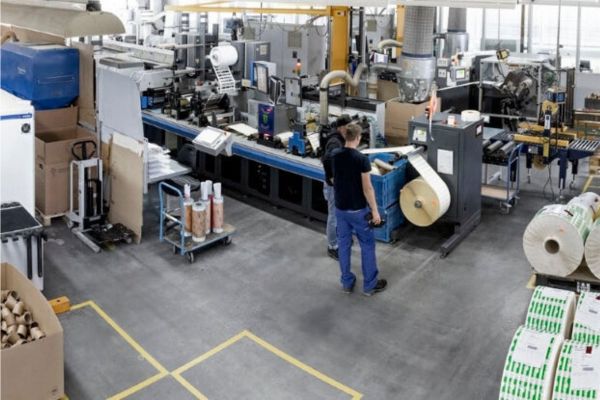What Happens To Skip Waste After It Is Collected?
Skip waste is a common sight in many neighbourhoods, but few people know what happens to it after it has been collected. The process of disposing of skip waste involves sorting, recycling and landfill disposal, with each step having an important role in reducing the environmental impact of waste management. In this article, we will explore what happens to skip waste once it has been collected and how different types are disposed of responsibly.
Waste is sorted into categores
When skip waste is collected, it is sorted into different categories based on the materials that make up the waste. For instance, organic materials such as food scraps and yard trimmings will be separated from inorganic items like plastics and metals. JustHire Skips remind us that sorting helps to reduce the amount of waste that ends up in landfills, as certain materials are more suitable for recycling or composting than others.
The waste then heads to processing facilities
Once sorted, the recycled materials can then be sent to a specialized facility for processing. Here, any non-recyclable material such as glass and metal will be melted down so that they can be used to create new products. Plastics may also undergo a similar process depending on their type and condition. The resulting recyclables are then sold on the open market, which helps to reduce the overall environmental impact of waste disposal.
Any organic material such as food scraps and yard trimmings will be sent to a composting facility where it can be safely broken down into natural fertilizers. This process not only reduces the amount of waste that would otherwise end up in landfills but also provides an eco-friendly alternative to synthetic fertilizers.
The rest heads to landfill
Finally, any remaining skip waste will typically be sent to a landfill for disposal. In facilities like these, materials are compressed and covered with soil before being monitored for several months to ensure that no hazardous materials have been released into the environment. While this option is often seen as the least desirable due to its long-term impact, it is still necessary to ensure that all waste is dealt with responsibly.
How Does Skip Waste Impact the Environment?
Skip waste often contains hazardous materials which, if not disposed of correctly, cause serious environmental damage. This can include toxic metals and chemicals only found in certain areas that are concentrated around landfill sites. If these toxic materials contaminate the soil or groundwater then they can have long-term environmental effects and eventually enter our food chain. Even non-hazardous skip waste such as plastics, Styrofoam, or other forms of the packaging material can take centuries to decompose and make their way into the environment. It is for this reason that proper disposal is so important for preserving a healthy ecosystem.
So what happens to skip waste after it is collected? Depending on local regulations and the type of waste, skip waste may be sorted at recycling plants and then sent to a specialist facility for treatment or disposal. This can be done through incineration, thermal reduction, composting, or landfilling. The waste is also cleaned and treated before being disposed of in order to reduce the environmental impact.
By understanding the different steps involved in disposing of skip waste, we can help to reduce the environmental impacts associated with it. Through careful sorting, recycling and composting, we can minimize the amount of material sent to landfills, while also preventing hazardous substances from entering our soil and water supplies. By following this process wherever possible, we can help to make a positive difference for our planet.




